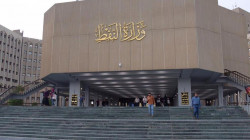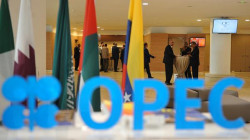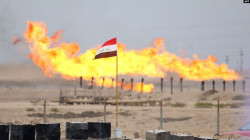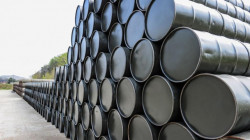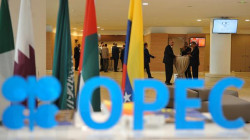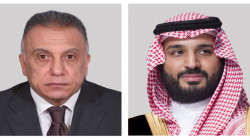OPEC+ hikes October output by 480,000 b/d
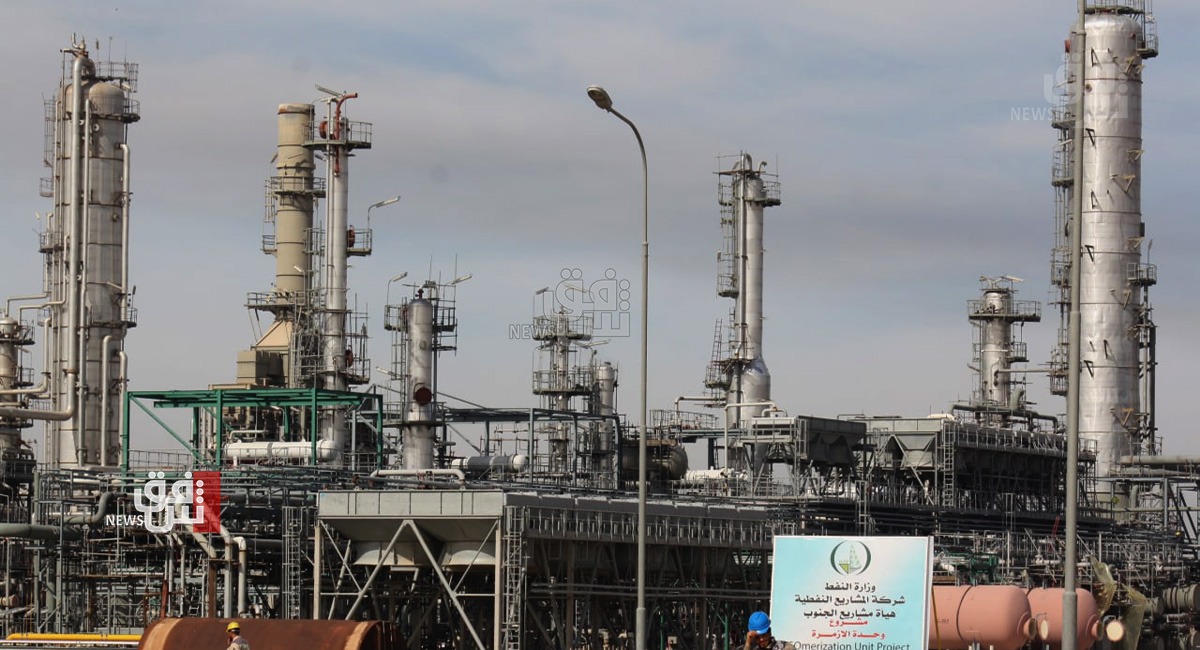
Shafaq News / OPEC and its allies boosted crude oil production by 480,000 b/d in October, according to the latest S&P Global Platts survey, but only half of the group’s members actually increased output last month as many in the coalition are struggling to pump as many barrels as they had promised.
OPEC’s 13 countries pumped 27.55 million b/d, up 260,000 b/d from September, while Russia and eight other partners added 13.66 million b/d, up 220,000 b/d.
The monthly rise was attributed mainly to the group’s largest oil producers Saudi Arabia, Russia, the UAE and Kuwait, which still have ample spare output capacity, as well as Kazakhstan, which completed heavy maintenance on a key field. But sanctions-hit Venezuela also saw a sharp rebound in its output, the survey found, surprising some market watchers.
Saudi Arabia saw the biggest increase month on month, adding 130,000 b/d, as the world’s largest crude exporter significantly boosted its loadings. The kingdom pumped 9.79 million b/d in October, the highest level since April 2020 amid burgeoning demand for its crude, with state-run Saudi Aramco allocating full term crude volumes to most Asia-Pacific refiners in October and November.
Meanwhile, the OPEC+ group’s largest producer, Russia, also saw a steady rise in output, pumping 9.96 million b/d last month. This is also Russia’s highest production since the price war of April 2020, and well above its quota of 9.81 million b/d.
Non-OPEC Kazakhstan produced 1.50 million b/d in October, up 90,000 b/d, as volumes from its key Kashagan and Tengiz fields rebounded.
Many of the group’s members have been beset by significant disruptions due to a combination of factors ranging from damaged infrastructure, operational issues and technical problems.
Africa’s largest crude producer Nigeria dropped to 1.37 million b/d last month, according to the survey, which is 261,000 b/d below its OPEC+ quota. Nigeria’s oil output continues to be hamstrung by operational setbacks, with key pipelines facing persistent sabotage. Bonny Light, Escravos and Forcados have all faced production issues in 2021, while output of other key grades such as Qua Iboe, Brass River, Agbami, Akpo and Egina have also remained consistently low this year.
Angola has also been unable to stem a sharp decline in its oil production in recent years. In October, production slipped 40,000 b/d to 1.11 million b/d, well below its quota of 1.362 million b/d. Angola’s upstream sector has also suffered from technical and operational problems at some fields, aggravated by a lack of upstream investment and incentives.
Meanwhile, Venezuela saw its output recover to a 17-month high of 610,000 b/d last month. This was due to an increase in output from the Orinoco Belt and from the Zulia-Trujillo fields, survey panelists noted.
This rebound has been aided by the import of diluents from Iran, with both countries struggling to find other trading partners while under US sanctions. Iran has traded consignments of gasoline and condensates for Venezuela’s Merey 16 crude oil since last year.
The 19 members with production quotas under the OPEC+ accord were a combined 600,000 b/d below their allocations for the month, bringing compliance to 113.21%, the survey found.
The shortfalls have contributed to a tight oil market as global demand has recovered to near pre-pandemic levels, prompting intense criticism from the US and other consuming countries that have complained of high oil prices.
Physical crude benchmark Dated Brent has been consistently over $80/b since early October, hitting three-year highs above $85/b before a recent pullback.
On Nov. 4, OPEC+ stood firm on boosting crude output quotas by a modest 400,000 b/d for December, despite lobbying from the US, India and Japan for more volumes to bring surging oil prices down. The next OPEC+ meeting is scheduled for Dec. 2.
With many members pumping well below their quotas over the past several months, the alliance’s shrinking spare production capacity is becoming a talking point.
Platts Analytics expects low OPEC+ spare capacity and the potential for a large supply disruption to be the overarching supply theme for 2022.
“Saudi-UAE policy, Iran’s comeback, lingering operational issues in Nigeria and Libya’s stability can bring significant changes to OPEC growth trajectory,” it said in a recent note.
The Platts figures, which measure wellhead production, are compiled by surveying oil industry officials, traders and analysts, as well as reviewing proprietary shipping, satellite and inventory data.
Source: S&P
